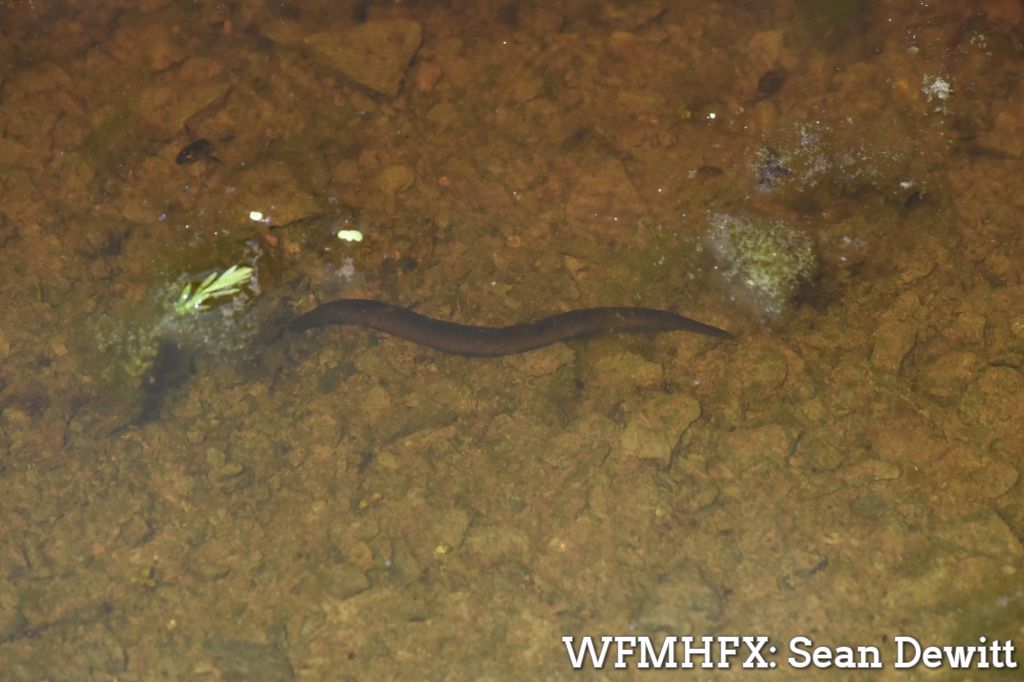**** Via NS Government

There are about 9,000 species of annelids, or segmented worms, found worldwide. Two-thirds of the annelids are marine worms. The most familiar annelids are earthworms and freshwater worms (oligochaetes) and leeches (hirudineans).
Leeches are found primarily in fresh water, with some species occurring in marine waters and moist areas on land. They have 34 body segments, are flattened from front to back, and occur in a variety of patterns and colours. Most leeches are between 2 cm and 6 cm in length. Leeches are hermaphroditic, which means each leech has both male and female organs for reproduction. They have suckers at both ends of their bodies that allow for attachment to surfaces while resting, feeding, or mating.
Leeches are active predators, sucking in small animals or taking tissue and blood from animals such as snails, fishes, birds, and mammals. True blood-suckers have cutting plates, or “jaws,” for cutting through skin and tissues. Their guts are specialized for holding large amounts of fluid, such as blood. Bloodsuckers can consume 2 to 10 times their weight in blood, require 200 days to digest a meal, and may need to feed only twice a year.
The medicinal leech (Hirudo medicinalis) was used for centuries to suck blood from human patients. Fevers and other illnesses were once believed to be caused by too much blood. In recent years, there has been research into using leeches in surgery. Bloodsuckers, like the medicinal leech, release an anticoagulant called hirudin when they bite. Anticoagulants prevent the blood from clotting and the leech can suck the flowing blood.



